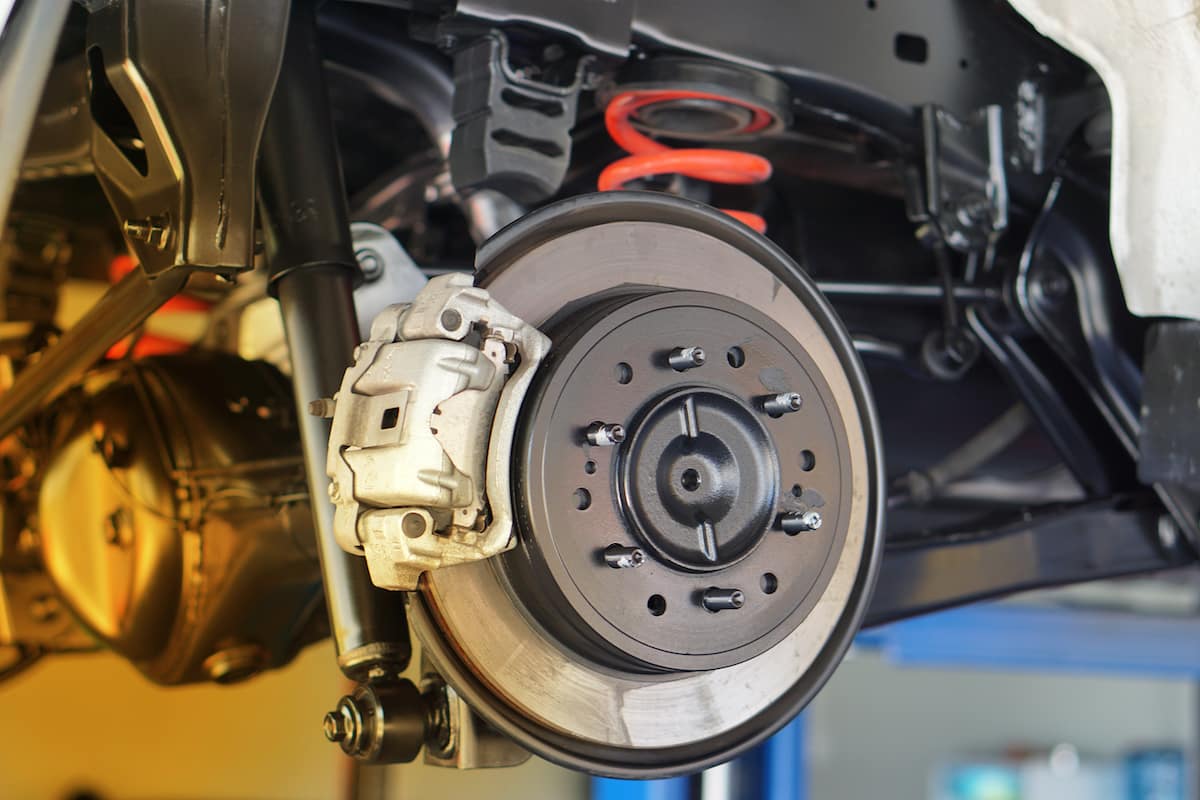
Brakes are a critical component of any vehicle, ensuring safety and control while driving. Over time, advancements in automotive technology have led to the development of various braking systems, each with its own characteristics and advantages. In modern vehicles, you’ll typically find five main types of brakes: disc brakes, drum brakes, regenerative brakes, emergency brakes, and anti-lock braking systems (ABS). When it comes to maintaining or repairing your car brake in Brisbane, it’s essential to consider professional services for optimal performance and safety on the road.
1. Disc Brakes
Overview: Disc brakes are among the most prevalent braking systems in modern cars. They consist of a rotor, caliper, brake pads, and hydraulic components. The rotor, attached to the wheel, rotates with it. When the brake pedal is pressed, hydraulic pressure forces the brake pads against the rotor, creating friction and slowing down the vehicle.
Advantages:
- Efficient heat dissipation, reducing brake fade.
- Better performance in wet conditions.
- Ease of maintenance and replacement.
Considerations:
- Costlier compared to drum brakes.
- Susceptible to damage in harsh conditions.
2. Drum Brakes
Overview: Drum brakes, while less common in newer vehicles, are still used in some rear-wheel drive and older model cars. They consist of a round drum, brake shoes, wheel cylinders, and springs. When the brake pedal is applied, hydraulic pressure pushes the brake shoes against the drum, causing friction and decelerating the vehicle.
Advantages:
- Simplicity in design and function.
- Cost-effective compared to disc brakes.
- Suitable for low-intensity use.
Considerations:
- Tend to overheat more easily.
- Inferior performance in wet conditions.
- More complicated maintenance and repairs.
3. Regenerative Brakes
Overview: Regenerative braking systems are commonly found in hybrid and electric vehicles. They work by converting the vehicle’s kinetic energy into electrical energy during deceleration. When the driver lifts off the accelerator or applies the brakes, the electric motor operates in reverse, acting as a generator to recharge the vehicle’s battery.
Advantages:
- Enhanced fuel efficiency and extended range in hybrids and EVs.
- Reduced wear on traditional friction brakes.
- Captures energy that would otherwise be lost as heat.
Considerations:
- Limited effectiveness at low speeds.
- Requires specialized components and systems.
4. Emergency Brakes (Parking Brake)
Overview: The emergency brake, also known as the parking brake, serves as a backup system to secure the vehicle when parked. Traditionally, it was a mechanical system that applied braking force to the rear wheels, independent of the primary braking system. However, newer vehicles often have electronic parking brakes controlled by a button or switch.
Advantages:
- Acts as a safety measure when parked on inclines.
- Helps in emergencies if the main brakes fail.
- Enhanced convenience with electronic systems.
Considerations:
- Regular checks and maintenance are essential to ensure functionality.
- Improper usage can damage the braking system.
5. Anti-lock Braking System (ABS)
Overview: ABS is a safety feature that prevents wheels from locking up during hard braking, allowing the driver to maintain steering control. It operates by modulating brake pressure to each wheel individually, reducing the likelihood of skidding and maintaining traction on the road surface.
Advantages:
- Improved steering control during emergency braking.
- Enhanced safety on slippery or uneven surfaces.
- Helps prevent accidents caused by skidding.
Considerations:
- Does not necessarily reduce stopping distance.
- Proper training is necessary for optimal use in emergency situations.
Conclusion
In the realm of automotive technology, braking systems play a pivotal role in ensuring safety and control for drivers. Understanding the various types of brakes found in modern vehicles can aid in informed decision-making, maintenance, and appreciation of the intricate systems contributing to vehicle safety and performance.
As advancements continue, new innovations in braking technology are likely to emerge, aiming to enhance efficiency, safety, and environmental sustainability in automobiles.
The evolution of braking systems underscores the continual pursuit of making driving safer and more efficient for all motorists.

